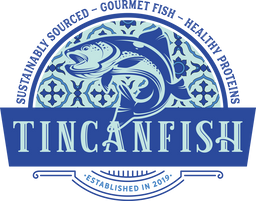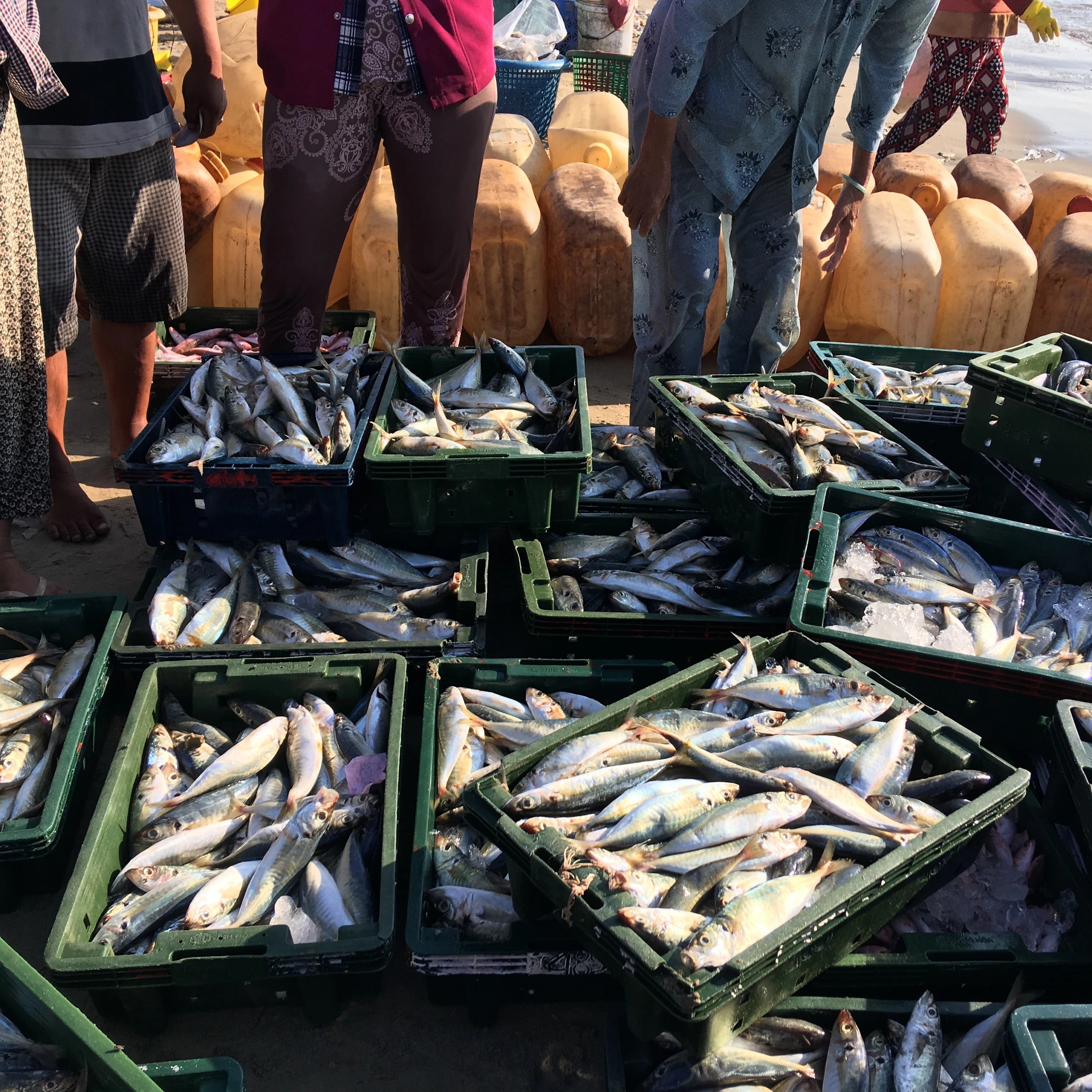People have a passion for seafood - and for good reason. Throughout human history, the ocean has been a bountiful source of food for both small communities and massive metropolises. Salty, sweet, briny, nutritious - there are endless seafood meals with deep ties to culture and landscape that connect us to where we come from and are an integral part of how we celebrate where we are today.
While people have been gathering around the table, in market stalls, and shorelines to enjoy the various delicacies found in the sea for millennia, our understanding of our impact on the world’s oceans has shifted as well. With a love for the meals we share with family and friends comes a responsibility to preserve and conserve the amazing ecosystems that provide us (and future generations) with the necessary resources to thrive on Planet Earth.
This is where sustainable seafood comes in. Individuals, communities, and nations must commit to sustainable means of seafood harvesting and consumption. While popular culture has finally come to acknowledge climate change as a reality, it can be hard to know where to start shifting habits and perspectives on a massive scale.
What sort of changes do we need to make as individual consumers? And what sort of conversations and commitments do we need to make as citizens?
Here is a simple guide to begin the process:
1. Do Your Research

[Image by StockSnap from Pixabay]
If you are reading this article, that means you have access to phone, tablet, or computer with access to the internet. This is great news, as you then have access to endless studies, opinions, and options through the world wide web. However, we all know how the influx of information, the sheer overwhelmingness of it all, can be debilitating. Where does a person start?
Seeking out seafood certifying bodies with high standards for sustainability is a great place to begin your explorations and inform your decisions. The Marine Stewardship Council is an accessible platform to explore and learn about where to spend your dollar when purchasing seafood. Keep an eye peeled for their blue label in stores. Friend of the Sea is another trustworthy certifying body for sustainable seafood and is an offshoot of the World Sustainability Organization. Check out the International Pole and Line Foundation, a non-profit organization that supports tuna-fishing communities and enables consumers to make sustainable decisions.
 [MSC Label courtesy of msc.org]
[MSC Label courtesy of msc.org]
2. Change Your Habits
With a minimal amount of effort, you can quickly learn to identify the best options for where and which sustainable seafood to buy. However, just knowing your sustainable options is not enough - you have to commit to supporting those brands, fisheries, and fleets just as they commit to providing you with sustainable seafood. This is how industries shift over time.
Changing your consumer habits takes work and discipline - but it doesn’t have to be unpleasant. It’s often as simple as planning, avoiding situations (and restaurants) where you are unsure of the commitment to sustainability.
Part of changing your habits is also holding yourself accountable as time goes on. Even if you don’t have the privilege of living near the ocean, there are endless books, podcasts, and other media to engage with and re-inspire you to stay committed to eating sustainably sourced seafood. Check out the documentary Chasing Coral on your favorite streaming platform or follow the work of photographer Brian Skerry to remember why it is so desperately important to protect ocean life and we change the way we choose to eat.

[Image by SparrowsHome from Pixabay]
3. Next Steps
It may not feel impactful enough to change your dietary and consumer habits on an individual basis. With an industry so large, does it even matter what one person does?
Much like the way an ecosystem such as the ocean operates, we are individuals living in a web of community - no matter how isolated our experience may feel. Once you commit to the ethics of sustainability in your own life, those choices will ripple out to affect the world around you.
Loving conversations with friends and family about why this is so critically important can be fertile ground for change. When it comes to businesses you frequent, you can ask for things you don’t see. Many grocery stores have a person whose entire job is to find out what their customers want to see on their shelves. Not seeing labels from the Marine Stewardship Council or Friend of the Sea? Ask.
On an even larger scale, engage with local government and elected officials making large-scale decisions for your community. Let them know you are prioritizing environmental sustainability and vote accordingly.
As for TinCanFish products, you can be sure you're making a conscious choice as all of our fish is sustainably caught, whether it be pole-and-line, MSC-certified, or sustainably wild-caught.
Article written by Siri Undlin on September 23, 2020.
[Featured image by Duangphorn Wiriya on Unsplash]


